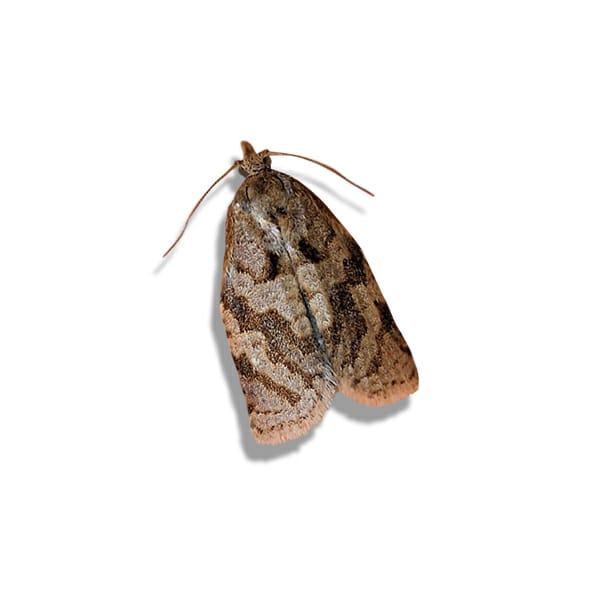Summer Fruit Tortrix Moth, Adoxophyes orana
The summer fruit tortrix moth, Adoxophyes orana is a major pest of fruit crops, particularly apple and pear, in temperate regions.
Hosts of this polyphagous pest also include some forest tree species (CABI 2004). Adoxophyes orana has been detected throughout much of Europe and Asia but is not known to occur in the United States (CIE 1982).
The Summer Fruit Tortrix Moth feeds on a wide variety of forest tree, but prefers apple, pear, cherry, plum and apricot. It has the two generations in a year, one in the summer and the other in the autumn. This moth is reported to feed and develop on more than 50 plant species in multiple families including fruits, forest trees, and ornamentals.


